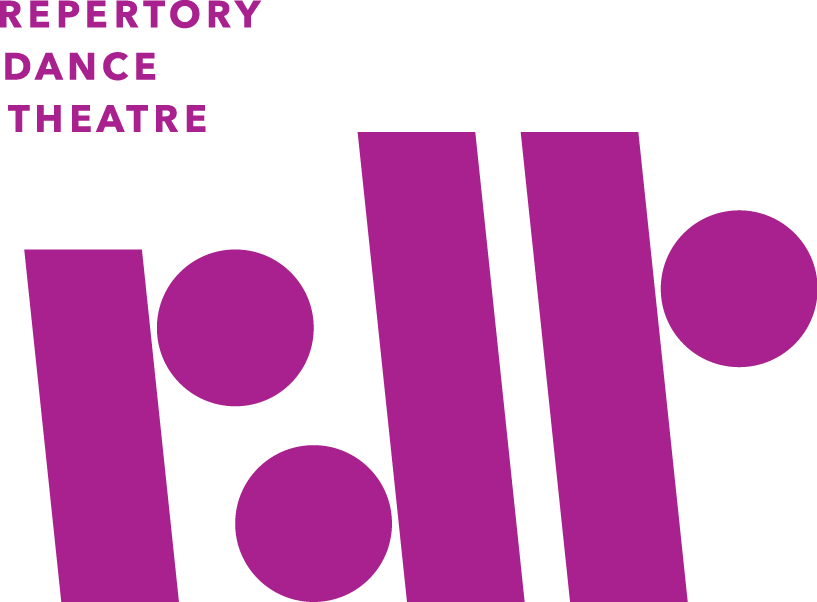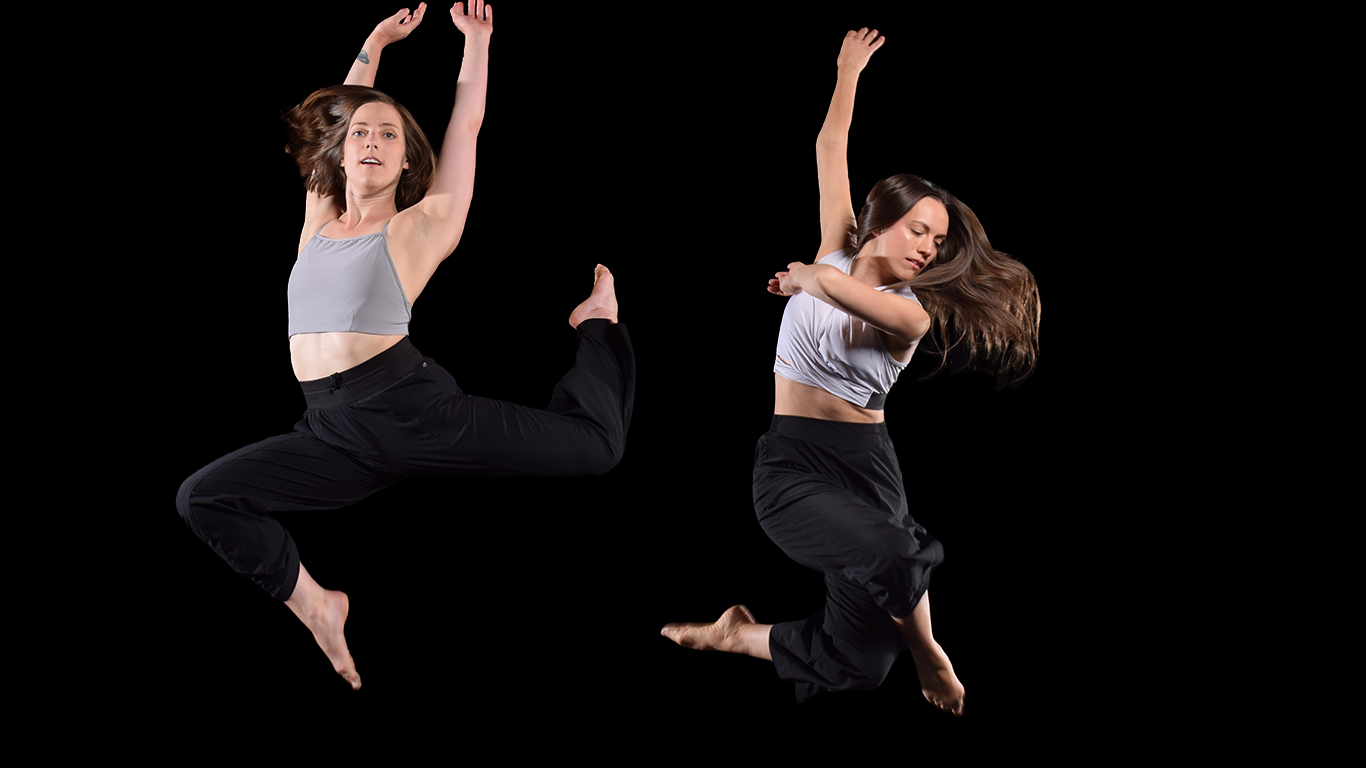Lesson Plan of the Month – Feb. 2019
After an extended break, welcome back to RDT’s series of posts for teachers who want to include movement/dance in their classrooms. This is the fifth post in the series. Feel free to take a look at the previous posts here, under Lesson of the Month section. Our goal is to inspire teachers to use simple dance moves with their students to help them get to know each other as the school year starts.
The initial idea for what we are calling #RDTlessonplanofthemonth emerged from a joint teacher workshop held in tandem with Ririe-Woodbury Dance Company. In the forum discussion, many teachers voiced their desire for more frequent lesson plan ideas to assist in their teaching and to avoid “burnout.”
Using the blog as a landing page, RDT will present one, quick and fun lesson plan each month geared toward Jr. and Sr. High School Dance Teachers, but by no means limited to that group. In each post you can expect an RDT Dancer or Artistic Staff to present a dance idea with video and a brief written explanation.
We hope to inspire creativity and lead you to take the lesson plan to many levels. We also want to encourage you to share your results with us! Please post comments, videos, new ideas based on the original plan, etc. You can post at the hashtag #RDTlessonplanofthemonth.
Enjoy! And, again, please feel free to provide feedback and make suggestions below in the forum. Also, join us on Facebook, Instagram and Twitter if you’d like to post pictures or video of your work with students.

Move/Stop – Improvisation Lesson Plan (Ages 9+)
By Lauren Curley
This lesson is designed to introduce students to the concept of negative and positive space in an improvisation setting. It is also a useful tool in approaching math in a movement setting. For older age groups, there can be more of an emphasis placed on contact improvisation to encourage intuitive partnering. You will need to select music with a clear meter that can be counted in 8’s for this exercise.
Rules:R
- Stay in control of your own body at all times
- No talking or laughing
- I usually make a point to say that while I want everyone to have a good time, I also want everyone to be focused. If people are laughing it’s generally because they feel uncomfortable… which is fine! One of the objectives of this exercise is to get dancers out of their comfort zone.
- You must stay connected to at least one member of your group for the duration of the exercise
How to Play:
- Divide the class into pairs or trios and explain the rules
- Beginning with 8’s, instruct the groups to move for 8 counts, then stop (freeze) for 8 counts. Repeat for several 8’s.
- Combine groups into quartets and repeat again, this time having them move for 4 counts then stop for 4 counts.
- Combine again into two large groups. If the class is handling it well, decrease the counts again so that they are moving for 2 counts and stopping for 2 counts.
- Combine again into one large group. Have the students begin with two sets of 8 (move 8 stop 8), then into four sets of four (move 4 stop 4 move 4 stop 4), then into eight sets of 2 (move 2 stop 2 move 2 stop 2 move 2 stop 2 move 2 stop 2). Repeat this cycle several times.
Additional Ideas:
- Change music each cycle to bring out different qualities of energy
- Add additional contact challenges (no using hands to connect, etc)
- Add level challenges (must hit all three levels in each set, etc)
- Connect with every person at least once





